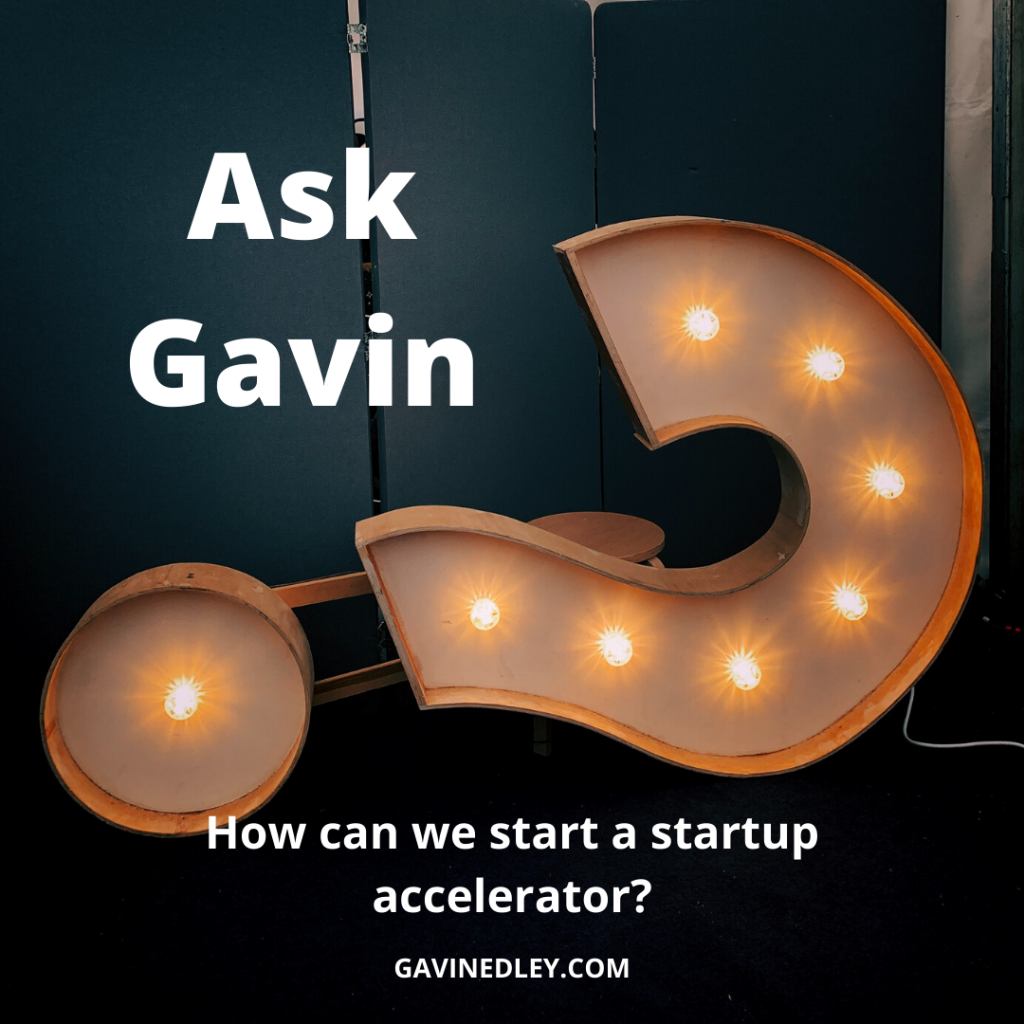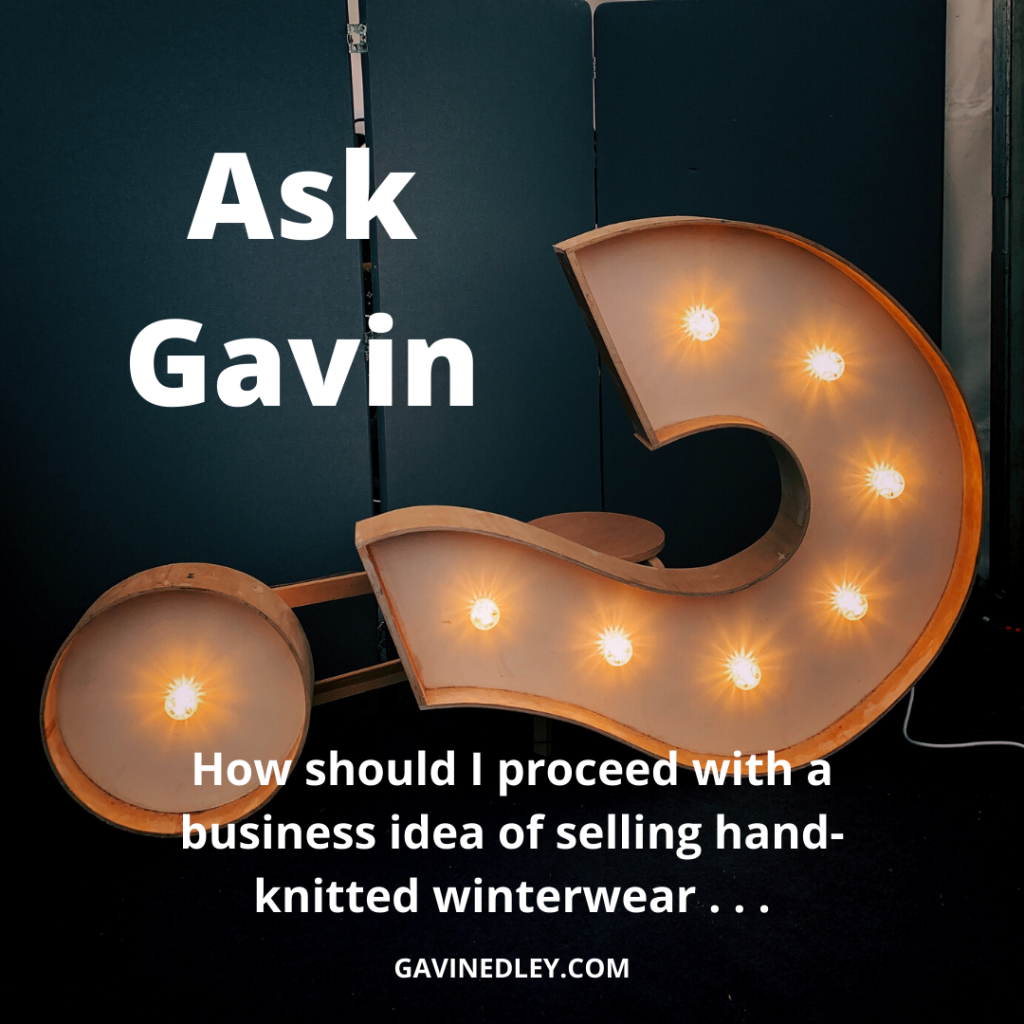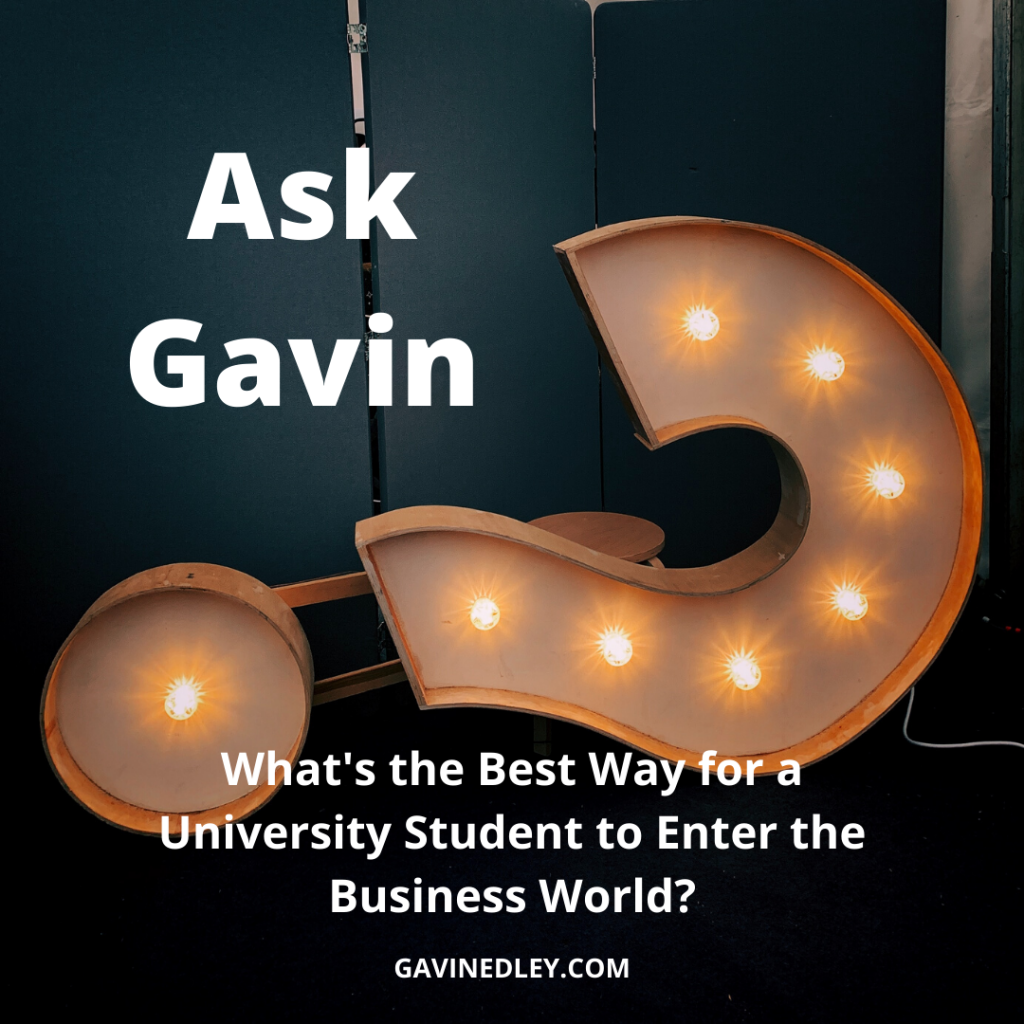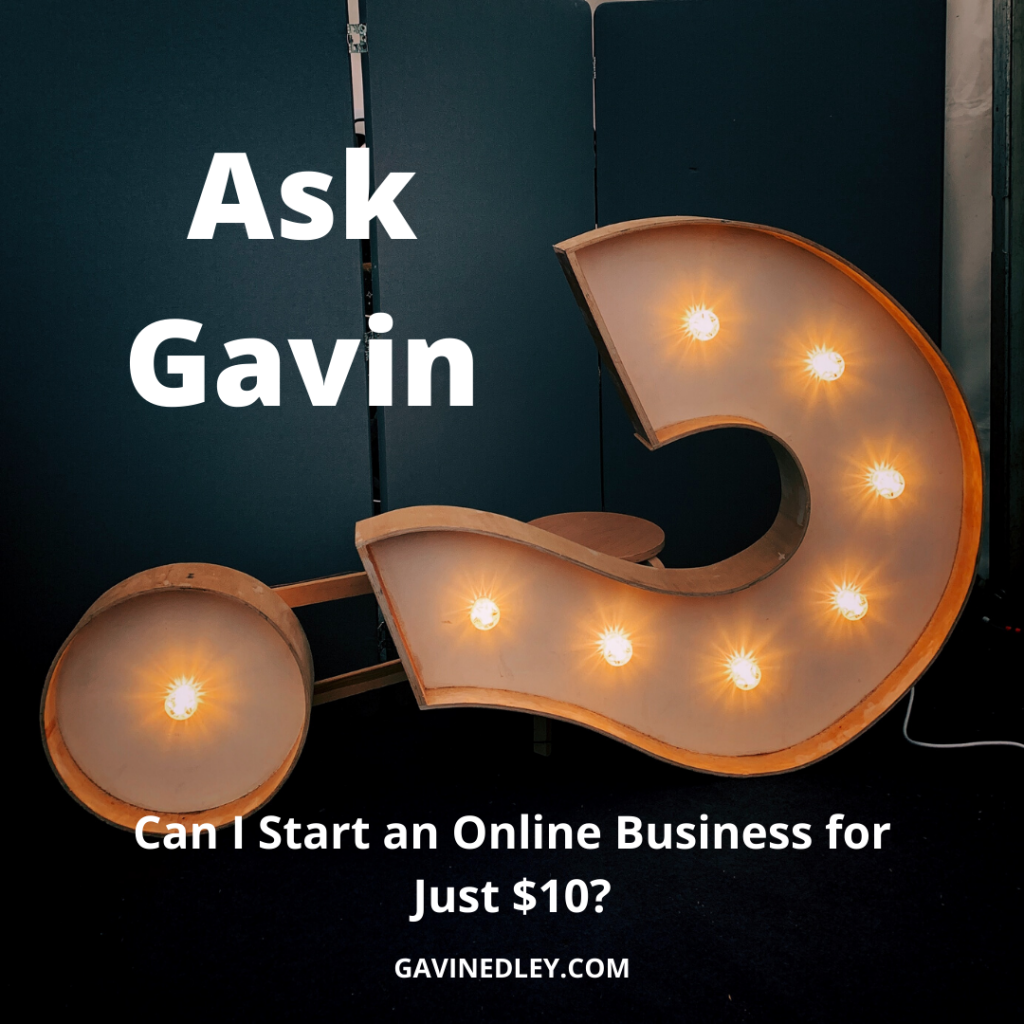If you’re thinking of moving to France under the Long Stay Visa France – Talent Passport, I hope you find this post useful.
We recently spent the past 5 weeks following the entire process, and in summary, it’s not at all easy.
And it’s not even the large expense and time/effort required to get all the specified documents together that’s the hard part.
The hardest part is that the visa approval process in France is ‘highly discretionary’ – so even if you dot all the i’s and cross all the t’s, going over-and-above what’s asked, if you happen to have your application land on the desk of a consulate employee who’s had a bad day, they can render all the prior time, effort, and expense, pointless.
I’m going to start with a little background information to our situation then proceed to cover-off everything we had to do in order to bring our application together.
Everything we did in the visa process was textbook, we met every requirement laid-out to us. But there was one stumbling block that our (very awkward) consulate employee brought our way that wasn’t made clear to us at the outset, so I’m going to wrap this post up by covering this and hopefully help a few readers to avoid a similar situation to the one we experienced by sharing this ‘insider information’ on the process.
We applied for a Long Stay Visa France – Talent Passport, Company Representative.
Why We Chose Long Stay Visa France – Talent Passport, Company Representative
If you’ve read other posts on this blog, you may know by now that we run our own businesses. One of which is an ecommerce health food retailer Vitalife Health.
This business has been struggling with International sales since Brexit was brought into effect at the start of 2021.
With almost 65% of sales coming from outside of the UK (pre-Brexit, at least), consumer sales across the EU were a fairly significant part of our business.
However, since Brexit, most parcels were either being outright blocked by customs (due to new commodity code restrictions), or our customers were receiving further charges from the courier for import VAT and customs duties.
We initially thought we could navigate these changes whilst still utilising consolidated fulfilment from our single UK warehouse, but over time, we realised this wasn’t going to be possible. We’d underestimated how much disruption Brexit was going to cause to EU-based consumer orders.
Despite the difficulties it poses, considering the vast product range we offer through Vitalife Health, and the added complexities of managing separate fulfilment systems – we decided that sending goods at wholesale volume (palletised) to the EU, then breaking this down, storing in an EU-based warehouse and fulfilling to consumers within the EU was going to be the only real effective solution to the issue.
Bear in-mind, we could have introduced a totally remote solution for this – we didn’t need to register an actual business in an EU Country (we would have just needed an EU VAT number), and we certainly didn’t have to personally move to the EU Country that we were planning to run our fulfilment from.
However, lifestyle factors also came into play, and we were feeling like we were ready for our next adventure after living on the Isle of Wight for over 7 years (since our original move from Rotherham, South Yorkshire).
In essence, we felt we could kill two birds with one stone, by establishing fulfilment operations from France and also using the business move as leverage to fit nicely with the Long Stay Visa France – Talent Passport, Company Representative option – facilitating our lifestyle move to France too.
We chose to do this for two reasons:
- COVID regulations for travel to France were very restrictive at the time (and still are, at the time of writing this post), and you had to produce a ‘compelling reason’ why you were travelling to France. These reasons were predefined, and the only one that could apply to us was having possession of a Long Stay Visa France – Talent Passport. So we literally needed the long-term visa to even step foot in the Country
- We have 2 young children, and transitioning them to a foreign speaking school was something I was a little apprehensive about. However, long stay talent passport visas provide a 4 year visa from the off – meaning we could be certain that there was sufficient time for the kids (and ourselves) to master the new language, and not have to head back to the UK after just 12 months had we received a shorter-term visa and not been able to renew it for whatever reason. If we had to return after such a short time, I feel like they’d have struggled with the initial transition to a foreign-speaking school, and received no real benefit in return. They certainly wouldn’t be fluent after such a short time.
We received a little professional consultation from an Expat specialist (who I won’t mention the name of here – since they were actually very helpful, and I don’t want to link them to our unsuccessful visa application as it was not their fault), and after considering all Talent Passport options, we went with the Company Representative Long Stay Visa, as we felt it fit our situation perfectly.
The Requirements (or at least, the ones they state openly) of the Talent Passport – Company Representative
The first step in any France visa application is to process your application on the France Visas portal.
Select the visa category you require, and follow the application process. You’ll be asked a number of questions – name, DOB, Nationality, Residency, and so on.
At the end of the process, you’ll be presented with a printable version of your France Visas Application Form, along with some ‘guidance’ on what evidence you’ll need to supply to the consulate to support your application.
NOTE: Do not leave this file in your downloads folder! Place it in a backed-up, permanent folder. I made this mistake, and between applying for the visa and reaching the appointment date I had to reset my laptop password which – on a Chromebook, at least – deletes all local data (including downloaded files!).
This wouldn’t have been too much of a problem – I’d just need to log back in to the France Visas portal and re-download the files. Well – turns out the France Visas portal is not the most reliable in the World and is often down/extremely slow. On this occasion their website was down for a whole week, and it wasn’t until 10.30pm on the night before our appointment with TLS Contact that the platform came back online! We very nearly had to cancel due to not having a copy of the application forms.
So, when you get the file, back it up, print it out, and keep the copies safe!
For the Talent Passport – Company Representative application (at the time of writing), supporting evidence consists of:
- A travel document (in most cases, this will be your passport), issued less than 10 years ago, containing at least two blank pages, with a period of validity at least 3 months longer than the date on which you intend to leave the Schengen Area or, in the case of a long stay, at least three months longer than the expiry date of the visa requested. Be sure to transmit (scan) ALL PAGES of your travel document containing visas, entry and exit stamps or any other inscription
- ID Photograph (on most modern photo booths you are given the option to select a visa picture, ensuring this is the correct format required)
- If you are not a national of your country of residence: proof that you are legally resident in that country (e.g. residence permit)
- Proof that you hold a position of corporate representative (mandataire social) in a company established in France.
- Evidence of a monthly remuneration at least equal to 3 times the French minimum wage.
- Proof of seniority of more than 3 months as an employee or corporate representative in a company of the same group
The top 3 bullet points above are required for all visa applications, regardless of category. The bottom three are category-specific to the Company Representative – Talent Passport.
Translation of the above documents may also be required, but the way the consulate communicates this on the printout form doesn’t make it totally clear whether the documents need to be in French AND English, or French OR English. As a result, and as a precautionary measure, I had all documents translated into French, alongside their English originals. I also ensured this translation was performed by a consulate-recognised translator from the ‘Directory of Sworn Translators in France’, they can be found here.
Our application was a little more convoluted than if you were to just apply for a visa as an individual, since we’d attached my Wife and our two children’s visa applications to the Company Representative visa application, as ‘accompanying family’. But in the interests of keeping this post focused on the Talent Passport – Company Representative visa application process, I’ve not covered what was also necessary for these accompanying applications.
They also ask that you present photocopies of all the above – but frankly, we could have saved a heck of a lot of unnecessary paper, as none of the photocopies were taken from us when we submitted our application in-person (aside from the photocopy of the passport).
Once you’ve brought all of the above supporting evidence and application form/registration receipt printouts together, then you need to register your details and link your France Visa applications to the outsourced company that the consulate uses to compile and process applications – TLS Contact.
Once you’ve registered with TLS contact online, you’ll be asked to book your appointment date with one of their centres (London, Manchester, or Edinburgh), where you’ll need to show in-person to provide all the documents you’ve prepared, and supply your biometric data (if they don’t already hold this from an earlier visa application).
The Problem with Our Talent Passport Long Stay Visa France Application
With everything prepared, we attended the meeting at TLS Contact, paid the necessary visa fees, and gave our biometric data (the whole process, by the way, takes around 2-3 hours – so don’t be fooled by the shorter estimates they give online for the process).
Just two days later we received an email from the French Consulate.
They were asking for supporting evidence that we had apparently not provided – but the evidence they were asking for did not relate to our application type at all. They were asking for evidence that related to the Talent Passport, Long Stay Visa France – Business Creator.
This application type didn’t meet our needs – yet they’d shifted us over to this because they felt we didn’t meet the requirements of the Legal Representative option.
We contested, and asked for reasoning as to why they felt we didn’t meet the requirements. What followed was a succession of excuses:
- Our business hadn’t been established long enough for it to form the basis of the application
Well, firstly, there is no rule about the age of a company for which you are proposing to act as legal representative. But even if this was the case (which, it isn’t), I explained that this was not a new company, but a branch of an existing UK business that had been established for over 12 years.
They didn’t acknowledge the reply I gave, but instead came back with excuse number 2:
2. I couldn’t be the sole beneficiary of the French incorporated branch
Again, no published rulings on this – it isn’t a requirement of this visa type. I explained this, and also advised that if it was such a barrier, I could quite easily add a second Director/Shareholder to the French branch, so this was not the case. I was providing an almost immediate and direct resolution to excuse number 2.
Again, without acknowledging the points I raised, they moved onto excuse number 3:
3. I wasn’t registered for French social security yet and did not have an official French employment contract in-place
Once again, not a published stipulation for this visa type. And again, despite this, I focused on providing a solution to the problem they were creating – I had a French employment contract professionally created, and had our French accounting firm register me for social security. Points addressed – time to have our visas awarded, surely?
Nope. Excuse number 4:
4. Grace, my Wife and employee to the French branch, could not sign/authorise my French employment contract
Again, not a pre-defined requirement. And also again, instead of arguing this point, I advised that Grace was an employee of the branch and was suitably authorised to authenticate my employment contract.
The correspondence we had in response to this basically said they were no longer engaging in back-and-forth discussion with us, and our passports would be returned to the TLS Contact visa centre forthwith.
So out of the 4 excuses raised, we provided suitable, rational responses/solutions – and because we kept doing this, I’m assuming they were running out of new excuses and decided to close the file, stamped with a NO.
The Lesson
You can’t trust the French.
JOKE! Actually, all other contact with French organisations and individuals was super-helpful throughout the process. It was purely the embassy employee (and, no doubt, powers above that individual) that led to a very unreasonable, irrational experience.
The real lesson is hard to summarise neatly since, after all, the process is ‘highly subjective’ and even if you followed the same process as we did, supplying the exact same materials, you might fly through the process.
I just wanted to share our experience here so you approach the Long Stay Visa France process very carefully, and try not to incur too much expense during the process – since it can all be wasted if you’re unfortunate like us.
So what’s next for us?
If you’ve read my recently published book Angel 0202, you’ll understand the benefits of geographic arbitrage on a personal level.
After our Long Stay Visa France refusal we reassessed our situation, both from a business and a personal perspective.
As it turns out, France wasn’t the most rewarding option on the table for us. We’d simply been sucked-in by the draw of cheap property, outdoor pools, and the idea of sitting on the balcony enjoying croissants in the mornings and fine cheeses and wine in the evenings.
We’re now in the latter stages of completing our move to a place that’s far more welcoming of our family and economic contributions than France appeared to be. I’ll share more in my next post.











